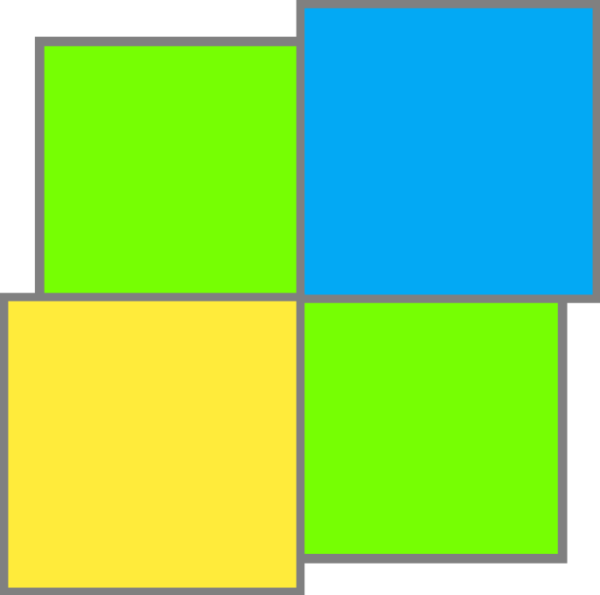When it comes to in-person IT support, knowing how to setup multiple monitors is essential if you work with designers, coders, video editors, and others who need two or more screens to get their job done. As for remote access, multi-monitor navigation can be extremely helpful if you need to manage your computer that has multiple monitors while being away from the office.
In this blog post we’ll explain how to setup two or more screens in Windows 10, and will also provide a quick overview of Techinline FixMe.IT’s multi-monitor navigation capabilities.
- As soon as you connect a new monitor via HDMI, VGA, or DVI, Windows will automatically detect it. To start customizing the view, right click anywhere on the desktop and go to Display Settings.
- Check the newly connected monitor(s). In case any of them are being displayed incorrectly, are blank or mirroring, select them in the Display Settings, choose the Extend desktop to this display option in the Multiple Displays menu and click Apply.
- Check each monitor to ensure that the resolution is set to the recommended level, and customize the rotation in the Orientation menu.
- You can choose any monitor connected to the workstation to be the “main” one. In order to do that, click on the monitor of choice and mark the box Make this my main display located below the Multiple Displays menu.
- Drag and drop the monitors to make them match their physical location, or take advantage of the Identify feature if you’re not completely sure how to virtually arrange them.
Now let’s take a closer look at how can you navigate between a number of screens connected to a remote computer with the help of the FixMe.IT application.
Let’s assume this is your office computer, and you’re working from home today. First, connect to the unattended client – the connection will be established automatically. As soon as you’re in, run the Remote Desktop Control operation. Now we can see two monitors connected to the unattended computer. Note that you’ll be able configure monitor settings only if there are two or more screens connected to that machine. Here you can choose three display options: view and control the first monitor, the second one, or both at a time.
You have probably noticed that these monitors have different size and resolution, but this doesn’t affect the performance at all. In fact, if you’re providing remote support, and there are any kinds of changes on the client side, like screen settings, number of monitors, or their position, all these changes will be immediately reflected by the Expert application. Besides that, you can even adjust the monitor settings remotely, as well as take advantage of all Remote Desktop Control tools that are available during a regular session.
Lastly, you can also turn on the Actual Size display function. In this case, you’ll be able to toggle between the monitors by moving your mouse device toward the right or left end of the screen. The same goes for vertically-arranged monitors connected to the remote machine.
